Home>Furniture>Living Room Furniture>How To Paint A Coffee Table Without Sanding
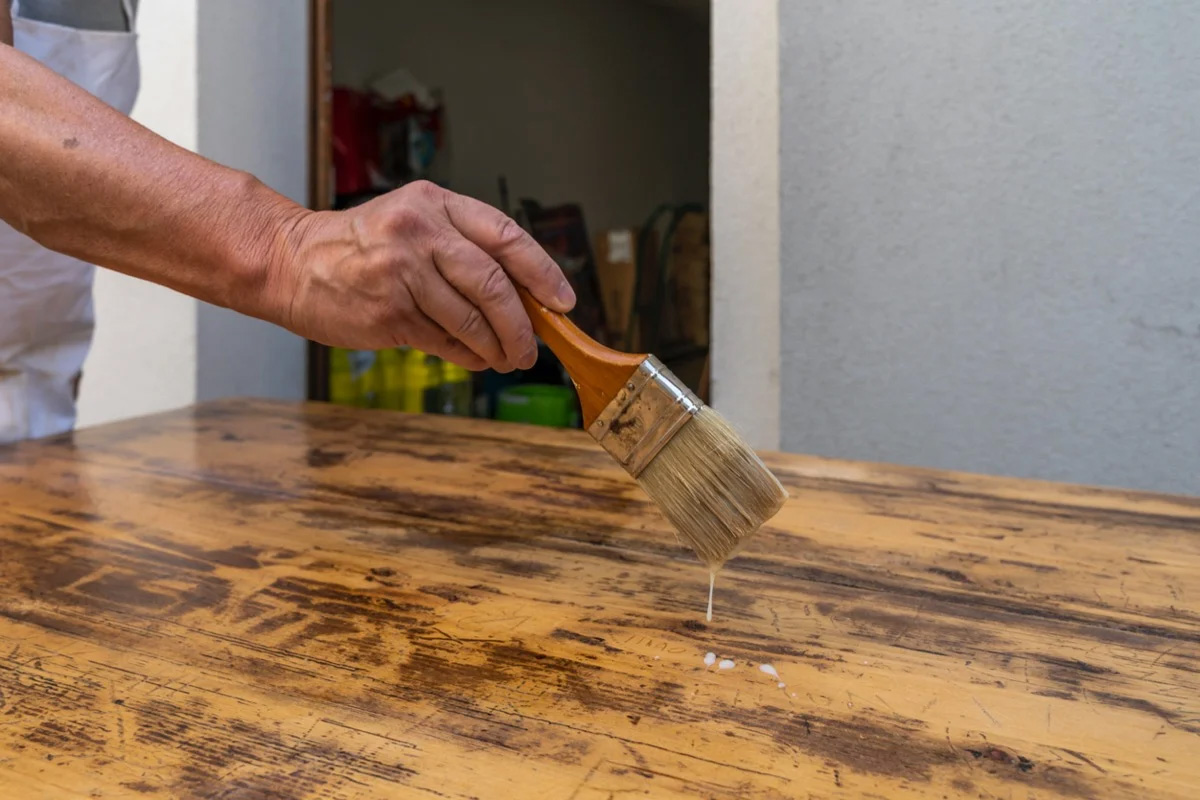

Living Room Furniture
How To Paint A Coffee Table Without Sanding
Modified: March 16, 2024
Learn how to transform your living room furniture with this step-by-step guide on painting a coffee table without the hassle of sanding.
(Many of the links in this article redirect to a specific reviewed product. Your purchase of these products through affiliate links helps to generate commission for Storables.com, at no extra cost. Learn more)
Introduction
Are you looking to give your old coffee table a fresh new look without the hassle of sanding it down? Painting a coffee table without sanding is not only a time-saving option, but it can also transform the appearance of your living room furniture. Whether you want to add a pop of color or give it a sleek and modern finish, this guide will walk you through the process of painting a coffee table without the need for sanding.
Painting furniture without sanding has gained popularity due to its convenience and efficiency. Sanding can be a tedious and messy task, and not everyone has the time or tools to tackle it. Fortunately, there are methods that allow you to skip this step and still achieve impressive results.
Before you begin the painting process, it’s important to gather all the necessary materials. Ensure you have the appropriate supplies and follow these steps carefully to achieve a professional-looking finish.
Key Takeaways:
- Transform your old coffee table with a fresh look without the hassle of sanding. Follow the steps and tips to achieve a professional finish and add a personal touch to your living room furniture.
- Painting a coffee table without sanding is a fun and rewarding DIY project. Gather your materials, unleash your creativity, and enjoy the process of creating a stunning centerpiece for your living room!
Read more: How To Paint Dresser Without Sanding
Materials Needed
To paint a coffee table without sanding, you will need the following materials:
- Painter’s tape: This will help you create clean lines and protect any areas you don’t want to paint.
- Drop cloth or newspaper: To protect the surrounding area from paint drips and spills.
- Lint-free cloth: Use this to wipe down the coffee table and ensure it’s free of any dust or debris.
- Primer: Choose a primer suitable for the material of your coffee table. It will help the paint adhere better and provide a smooth base for the paint.
- Paint: Opt for a paint that is specifically formulated for furniture. Consider the finish you desire, whether it’s matte, satin, or glossy.
- Paintbrushes and/or foam rollers: Use brushes for more detailed areas and a roller for larger surfaces.
- Clear protective finish: A protective finish will add durability and shield the painted surface from everyday wear and tear.
- Sandpaper (optional): While this guide focuses on painting without sanding, having some sandpaper on hand can be helpful for minor touch-ups or smoothing rough spots.
Make sure to gather all these materials before starting the process. Having everything prepared will ensure a seamless and efficient painting experience.
Preparing the Coffee Table
Before you begin painting, it’s essential to properly prepare the coffee table surface. Follow these steps to ensure a clean and smooth surface for the paint:
- Clean the coffee table: Start by wiping down the coffee table with a lint-free cloth to remove any dust or debris. This will help the paint adhere better and ensure a smooth finish.
- Remove any hardware or accessories: If your coffee table has any hardware, such as knobs or handles, remove them before painting. This will make it easier to paint evenly and avoid any accidental drips on the hardware.
- Mask off any areas: Use painter’s tape to cover any areas that you don’t want to paint, such as the edges or legs of the coffee table. This will create clean lines and protect those areas from accidental paint splatters.
- Protect the surrounding area: Place a drop cloth or newspaper underneath the coffee table to catch any paint drips or spills. This will protect your floor or carpet from getting stained.
By taking the time to properly prepare the coffee table, you will ensure that the paint adheres well and results in a professional-looking finish. Now that your coffee table is prepped and ready, let’s move on to the next step: applying the primer.
Applying the Primer
Priming the coffee table is an important step in the painting process, as it helps the paint adhere better and provides a smooth base for the final coat. Follow these steps to apply the primer:
- Shake the primer can: Before starting, shake the can of primer to ensure it is well-mixed. This will help you achieve a consistent application.
- Apply an even coat of primer: Using a paintbrush or foam roller, apply a thin and even coat of primer to the coffee table surface. Make sure to cover all areas, including the corners and edges.
- Allow the primer to dry: Follow the manufacturer’s instructions for the recommended drying time. It is important to let the primer fully dry before moving on to the next step.
- Sand (optional): If you notice any rough spots or imperfections after the primer has dried, you can lightly sand them with fine-grit sandpaper. This step will help create a smoother surface for the paint.
- Remove dust: After sanding (if applicable), wipe down the coffee table with a lint-free cloth to remove any residual dust. This will ensure a clean surface for the paint.
By applying the primer, you are creating a strong foundation for the paint to adhere to. Once the primer is fully dry, it’s time to move on to the exciting part – painting the coffee table.
Before painting a coffee table without sanding, make sure to clean the surface thoroughly with a degreaser to remove any dirt and grime. This will help the paint adhere better and result in a smoother finish.
Painting the Coffee Table
Now that the primer has dried, it’s time to bring your coffee table to life with a fresh new coat of paint. Follow these steps to achieve a beautifully painted coffee table:
- Stir the paint: Give the paint can a good stir to ensure that the color is well-mixed. This will help you achieve consistent results.
- Apply the first coat of paint: Using a paintbrush or foam roller, apply a thin and even coat of paint to the coffee table. Work in long, smooth strokes, covering all areas of the tabletop, legs, and sides.
- Allow the first coat to dry: Follow the drying time instructions provided by the paint manufacturer. It is essential to allow the first coat to fully dry before applying the second coat.
- Apply additional coats if necessary: Depending on the desired coverage and color intensity, you may need to apply additional coats of paint. Repeat the same process of applying thin and even coats, allowing each coat to dry before applying the next.
- Inspect for imperfections: Once the final coat is dry, carefully inspect the coffee table for any imperfections, such as streaks or missed spots. If necessary, touch up these areas with a small brush or foam roller.
Remember to work in a well-ventilated area and follow any safety precautions indicated on the paint can. Painting furniture can be a fun and rewarding experience, so enjoy the process as you transform your coffee table into a personalized piece of art.
Read more: How To Paint A Coffee Table With Chalk Paint
Applying a Protective Finish
After you have achieved the desired look with the paint, it’s important to apply a protective finish to your coffee table. This will help preserve the paint and provide durability for everyday use. Follow these steps to apply a protective finish:
- Choose the right finish: There are several options for protective finishes, such as polyurethane, varnish, or wax. Consider the look and level of protection you desire when selecting the finish.
- Prepare the coffee table: Ensure that the painted surface is clean and free of any dust or debris. Use a lint-free cloth to wipe down the coffee table if necessary.
- Apply the protective finish: Using a clean paintbrush or foam brush, apply a thin and even coat of the protective finish to the entire coffee table surface. Follow the manufacturer’s instructions for the drying time and number of recommended coats.
- Sand between coats (if applicable): If the protective finish requires multiple coats, you may need to lightly sand the surface between coats. This will help create a smoother and more even finish.
- Allow the finish to cure: Once you have applied the recommended number of coats, allow the protective finish to fully cure according to the manufacturer’s instructions. This will ensure optimal durability and longevity.
By applying a protective finish, you are adding an extra layer of protection to your paint job, guarding against scratches, stains, and general wear and tear. It will help your coffee table maintain its freshly painted appearance for years to come.
Tips and Tricks
Painting a coffee table without sanding can be a fun and rewarding DIY project. To help you achieve the best results, here are some useful tips and tricks:
- Choose the right paint: Opt for a paint specifically formulated for furniture. This type of paint is designed to adhere well to various surfaces and withstand daily use.
- Test the paint color: Before applying the paint to the entire coffee table, it’s a good idea to test the color on a small, inconspicuous area first. This will allow you to see how the color looks and make any adjustments if needed.
- Work in thin coats: Applying thin coats of paint will help prevent drips and streaks. It is better to apply multiple thin coats than one thick coat.
- Use the right tools: Choose paintbrushes and foam rollers that are appropriate for the size and shape of your coffee table. For detailed areas, use a brush, and for larger surfaces, use a roller for a smoother finish.
- Allow sufficient drying time: Patience is key when painting furniture. Always allow each coat of paint and the protective finish to fully dry before proceeding with the next step. Rushing the drying process can lead to a less durable and less professional-looking finish.
- Protect the workspace: Place a drop cloth or newspaper on your workspace to catch any paint drips or spills. This will make cleanup easier and protect your floor or surfaces from accidental damage.
- Apply even pressure: When using a roller or brush, apply even pressure to ensure an even application of paint. This will help you achieve a smooth and flawless finish.
- Consider adding a personal touch: If you want to get creative, consider adding stencils or decorative accents to your coffee table. This can give it a unique and personalized look.
- Regularly clean and maintain: After completing the project, regularly clean and maintain your painted coffee table. Use a soft cloth and mild detergent to keep it looking fresh and vibrant.
With these tips and tricks in mind, you can confidently embark on your coffee table painting journey and create a beautiful focal point for your living room.
Conclusion
Painting a coffee table without sanding is a great way to update the look of your living room furniture without the hassle of extensive preparation. By following the steps outlined in this guide and utilizing the tips and tricks provided, you can transform your old coffee table into a stunning piece that adds a touch of personality to your space.
Remember to gather all the necessary materials and properly prepare the coffee table surface before applying the primer. This will ensure that the paint adheres well and results in a smooth finish. When painting, work in thin coats and allow each coat to dry before applying the next. This will help achieve a professional-looking result.
Applying a protective finish is essential to preserve the paint and provide durability. Choose a finish that suits your desired look and follow the manufacturer’s instructions for application and curing time. With a protective finish in place, your coffee table will withstand everyday use and maintain its freshly painted appearance for years to come.
Throughout the process, remember to enjoy the creative journey and add your own personal touch. Whether it’s experimenting with different paint colors, adding decorative accents, or using stencils for unique patterns, painting your coffee table allows for self-expression and customization.
By following these steps and utilizing the tips and tricks provided, you can successfully paint your coffee table without sanding and achieve impressive results. So, gather your materials, let your creativity shine, and enjoy the satisfaction of transforming your coffee table into a stunning centerpiece for your living room!
Frequently Asked Questions about How To Paint A Coffee Table Without Sanding
Was this page helpful?
At Storables.com, we guarantee accurate and reliable information. Our content, validated by Expert Board Contributors, is crafted following stringent Editorial Policies. We're committed to providing you with well-researched, expert-backed insights for all your informational needs.
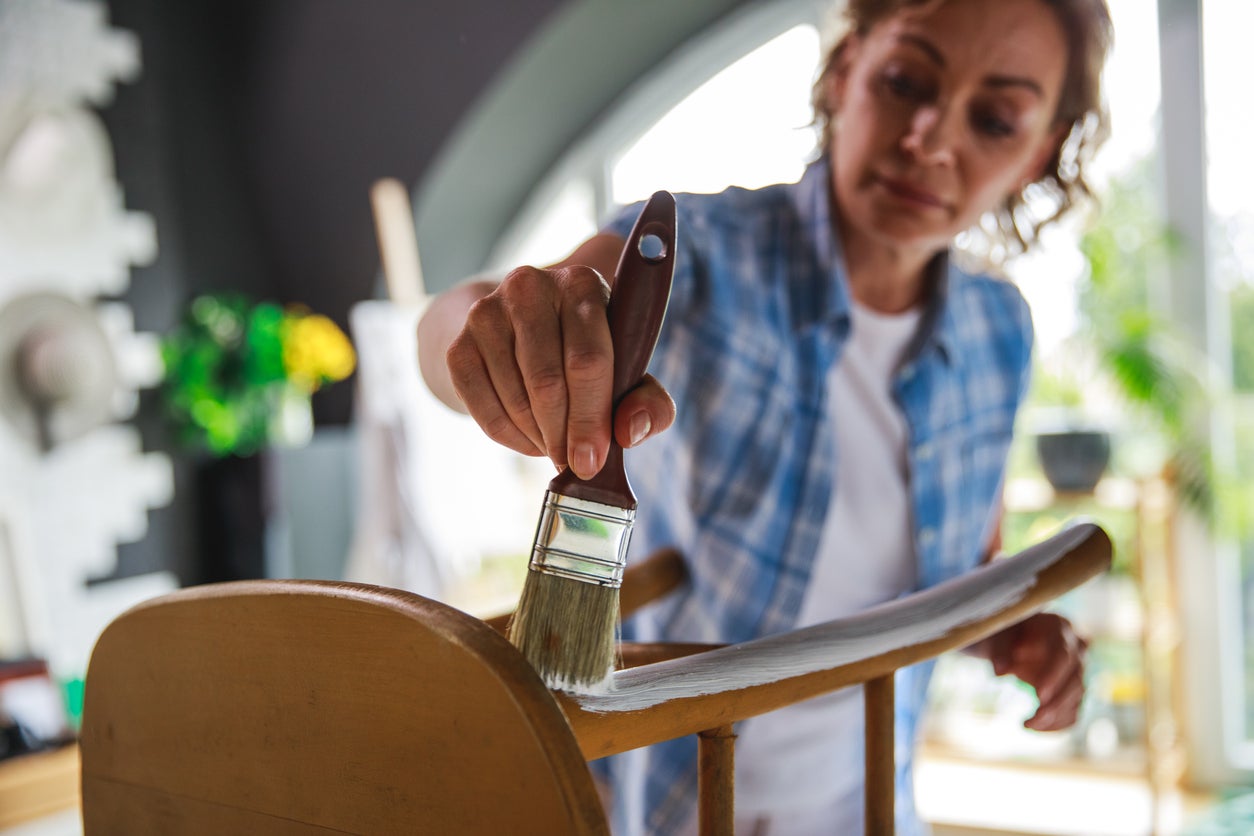
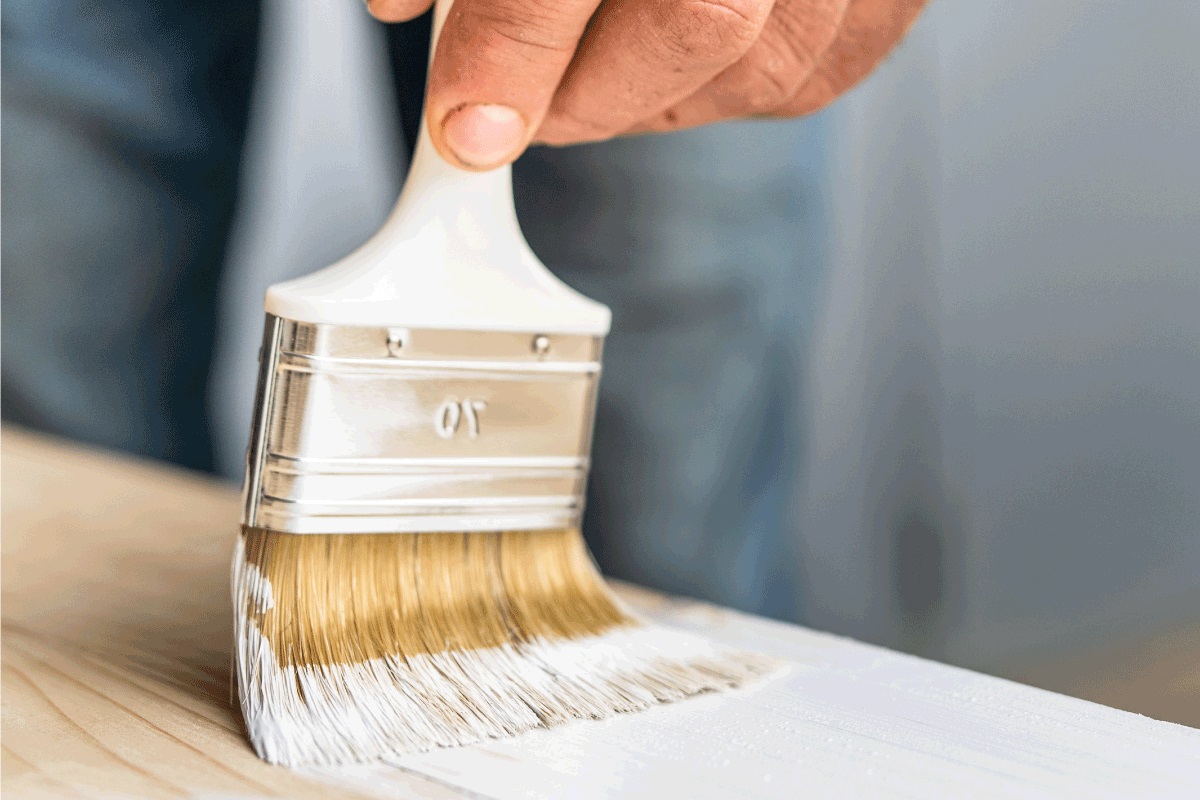
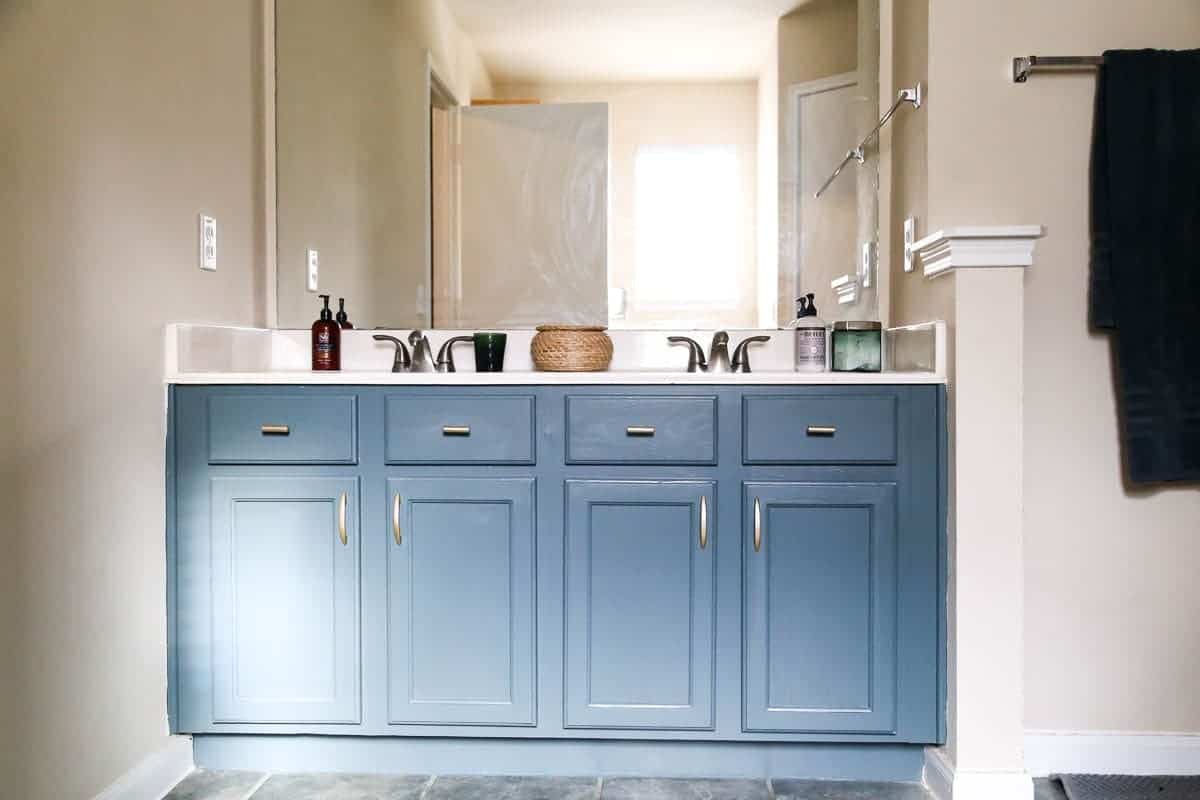
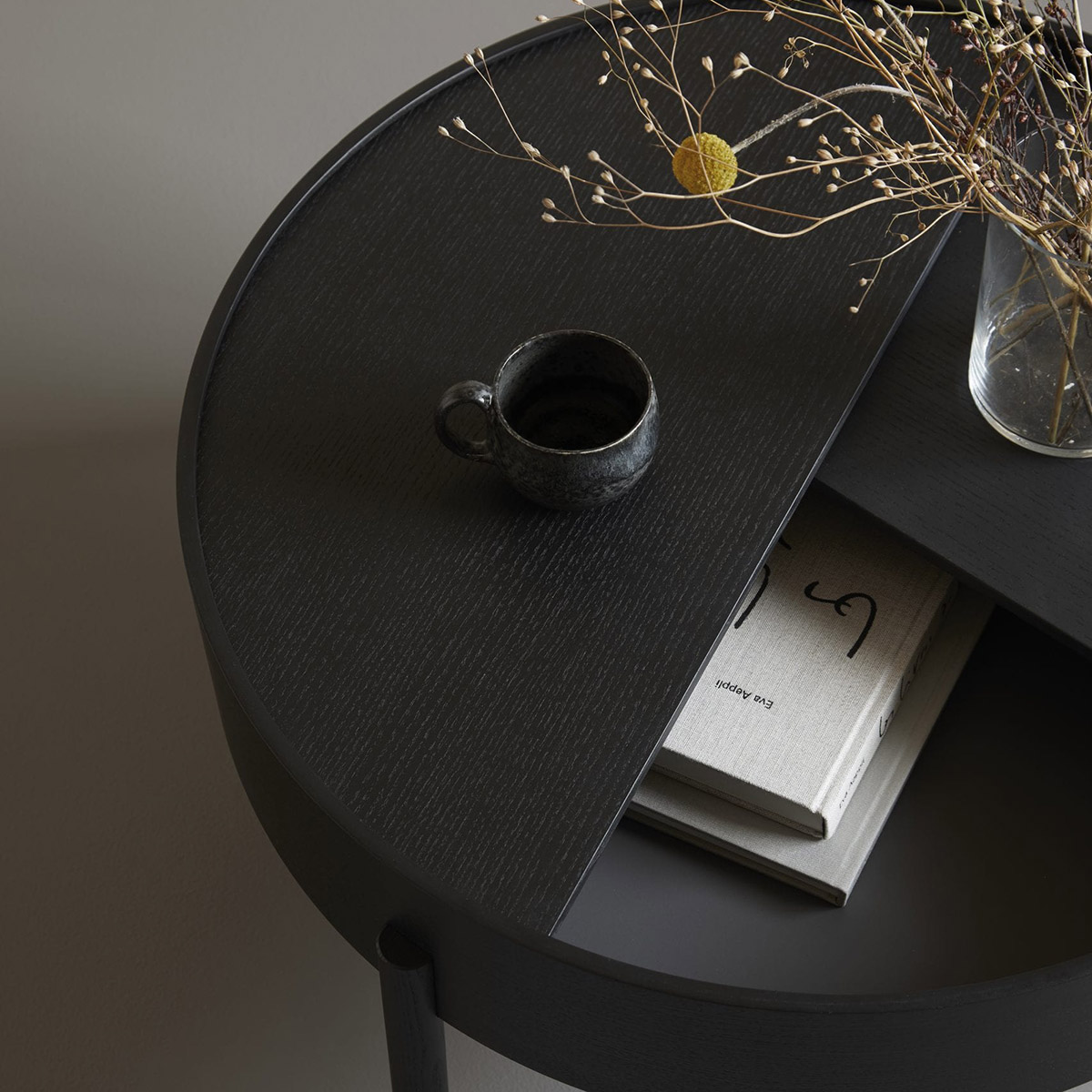
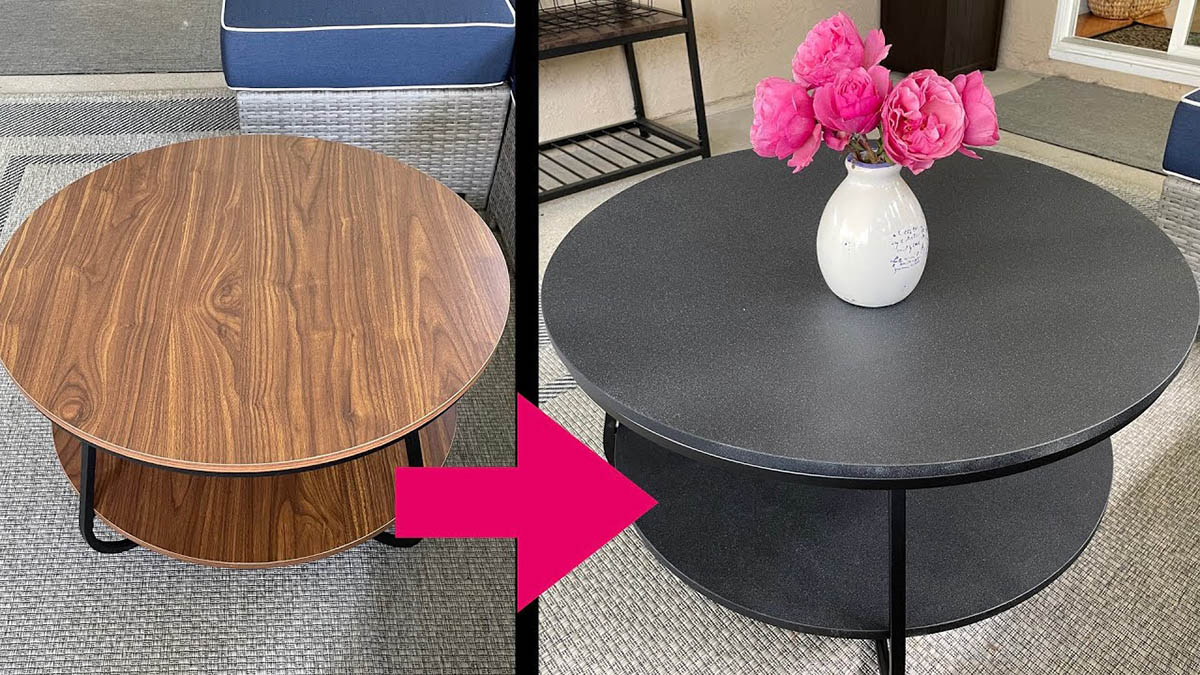
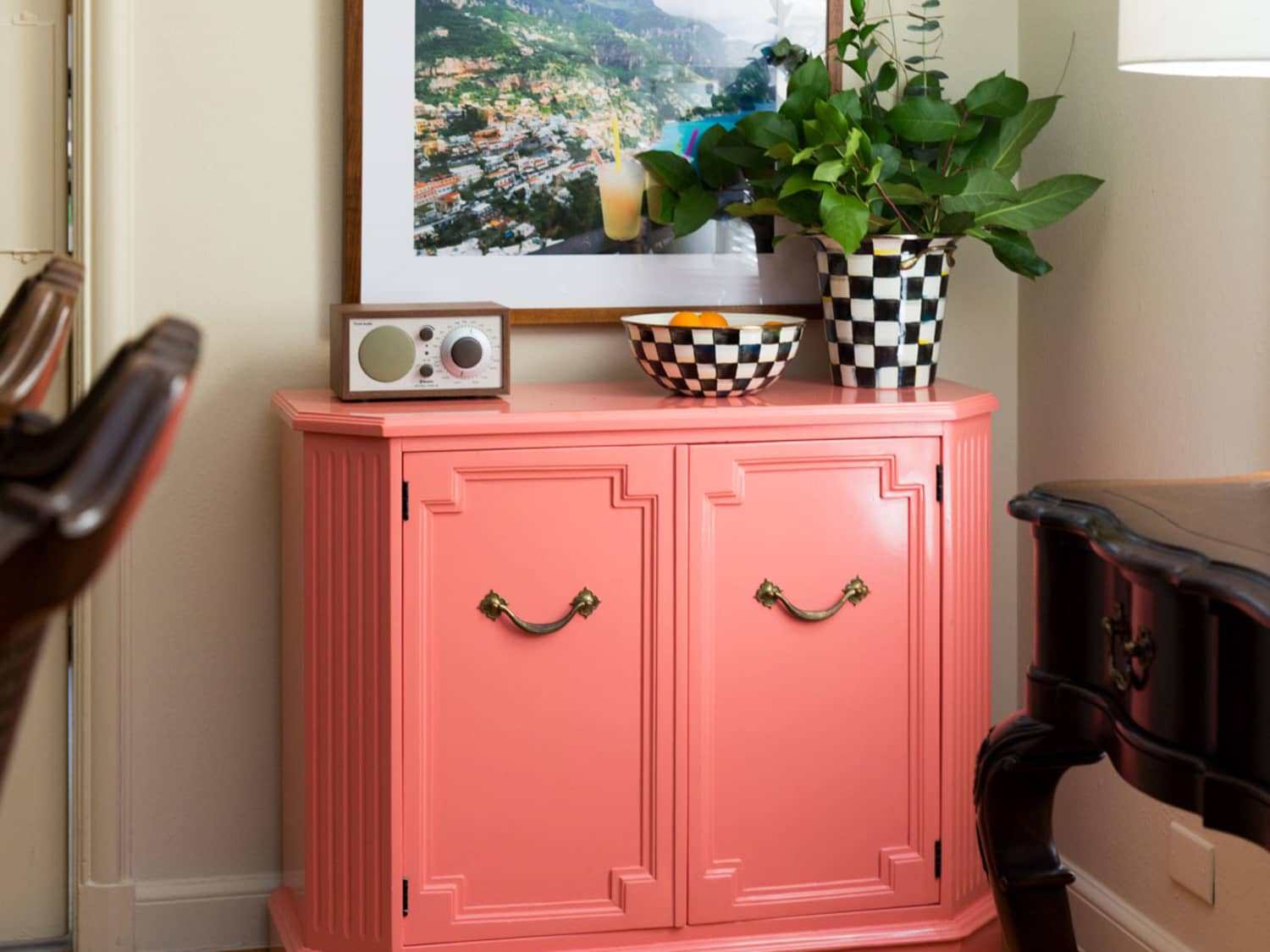
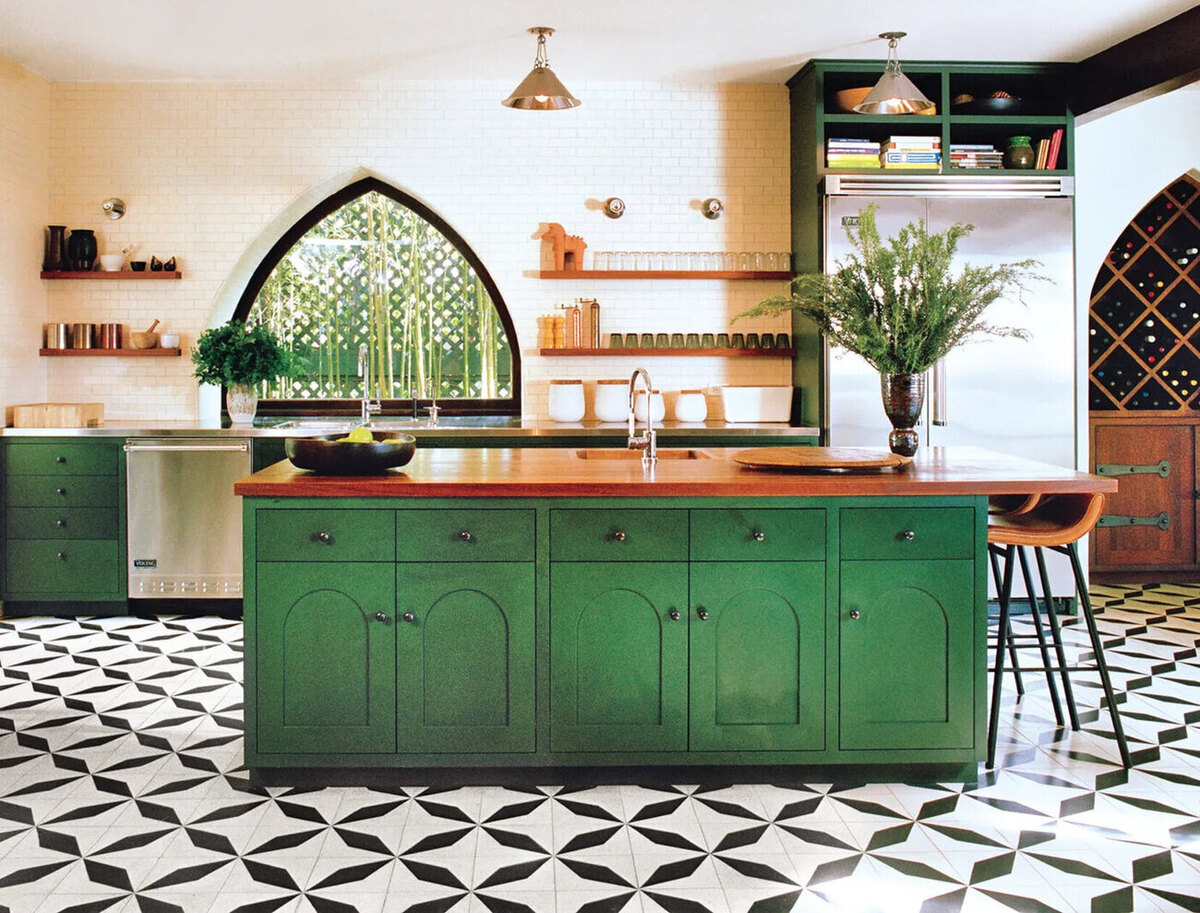
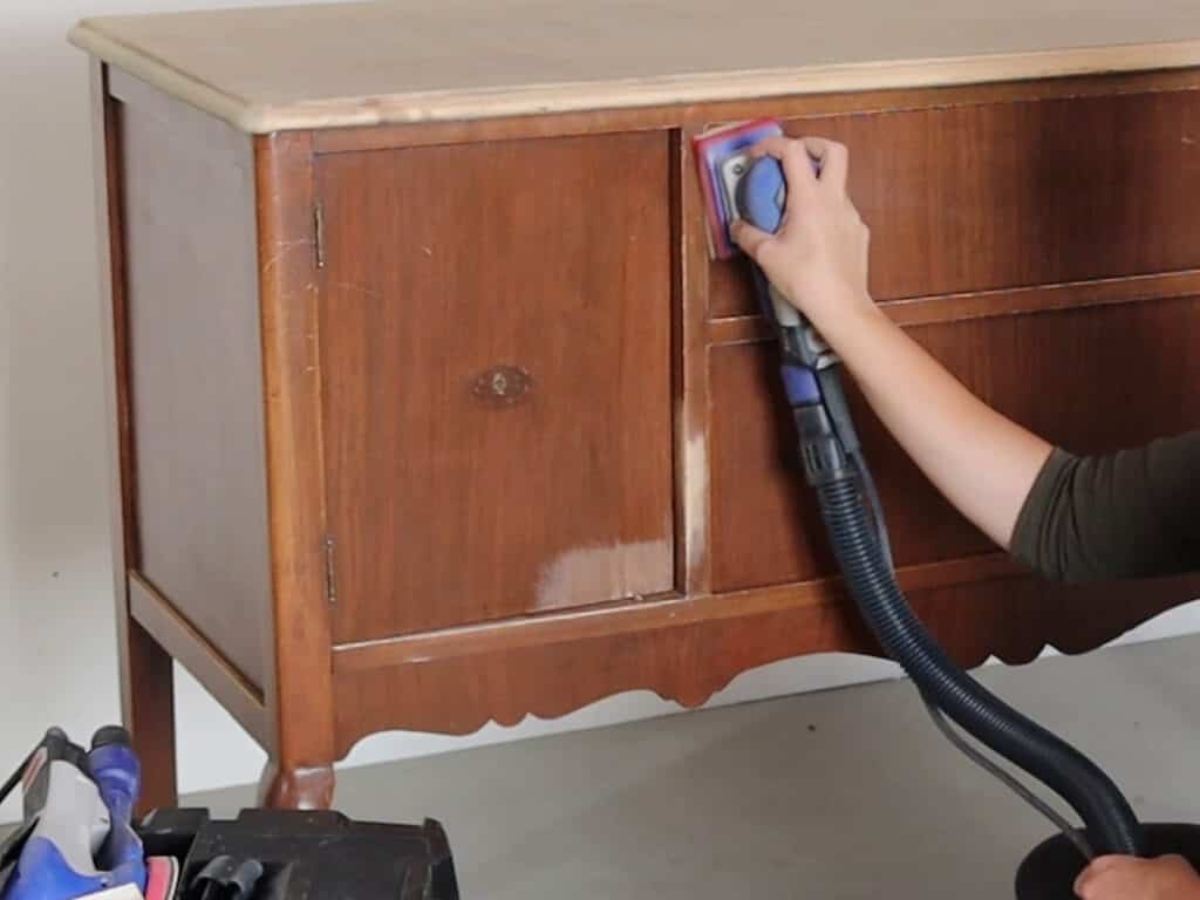
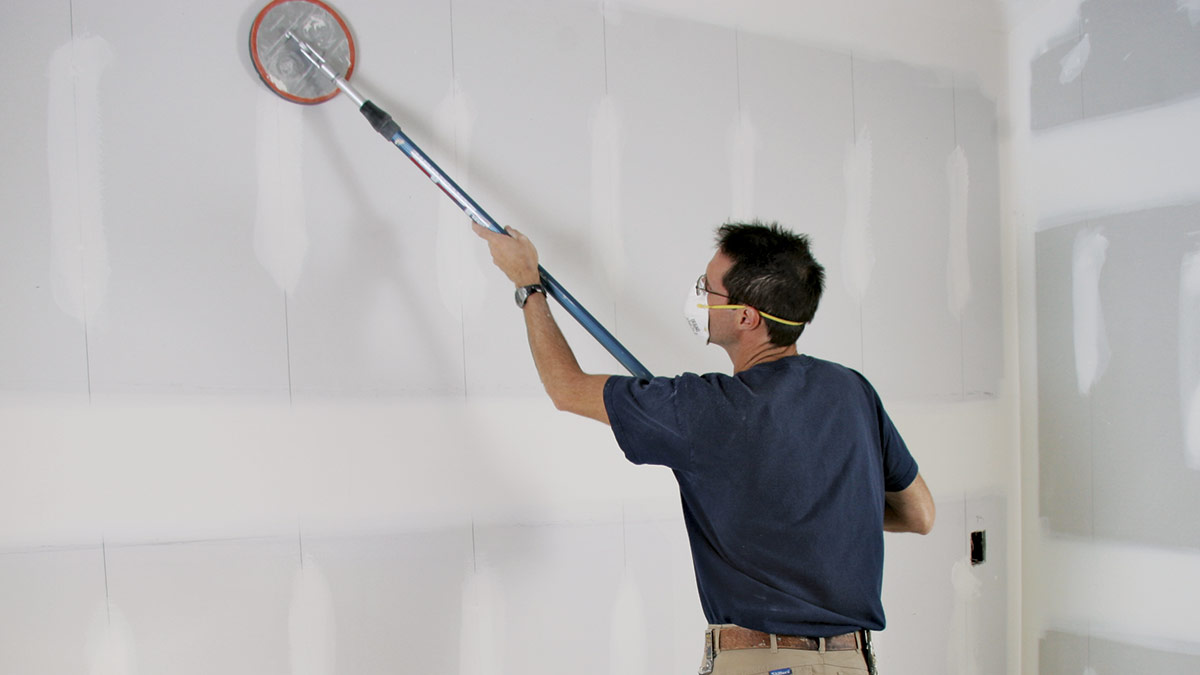
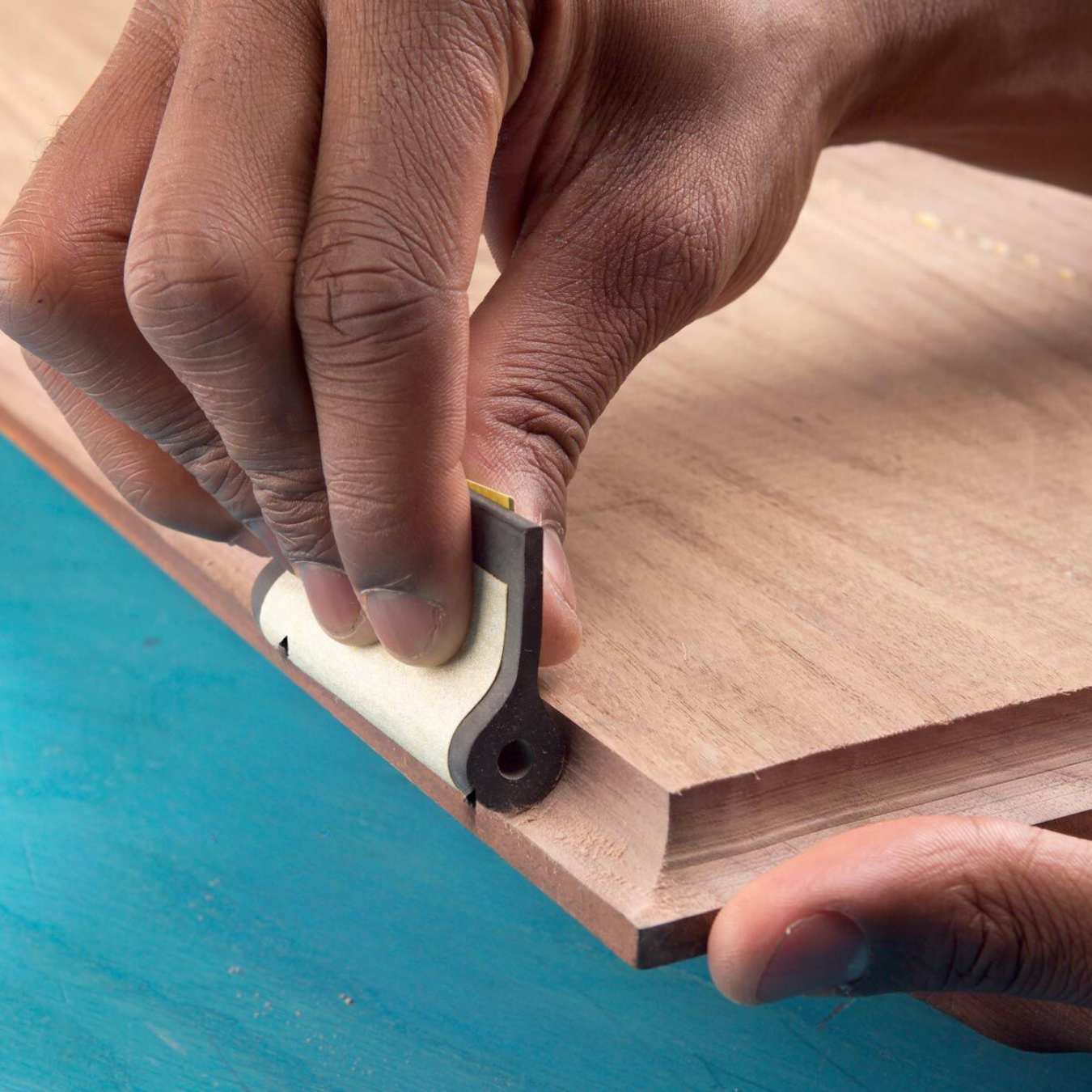
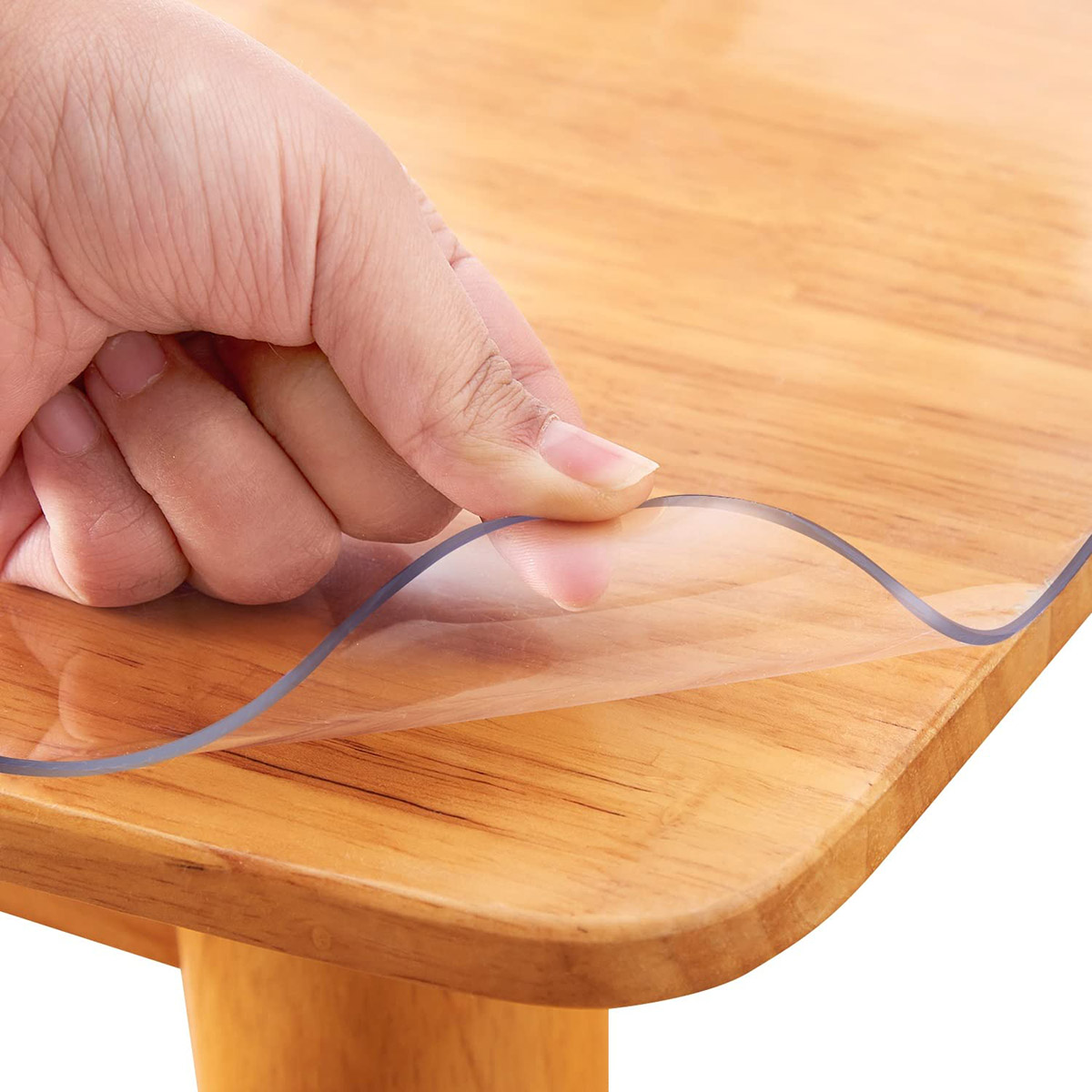
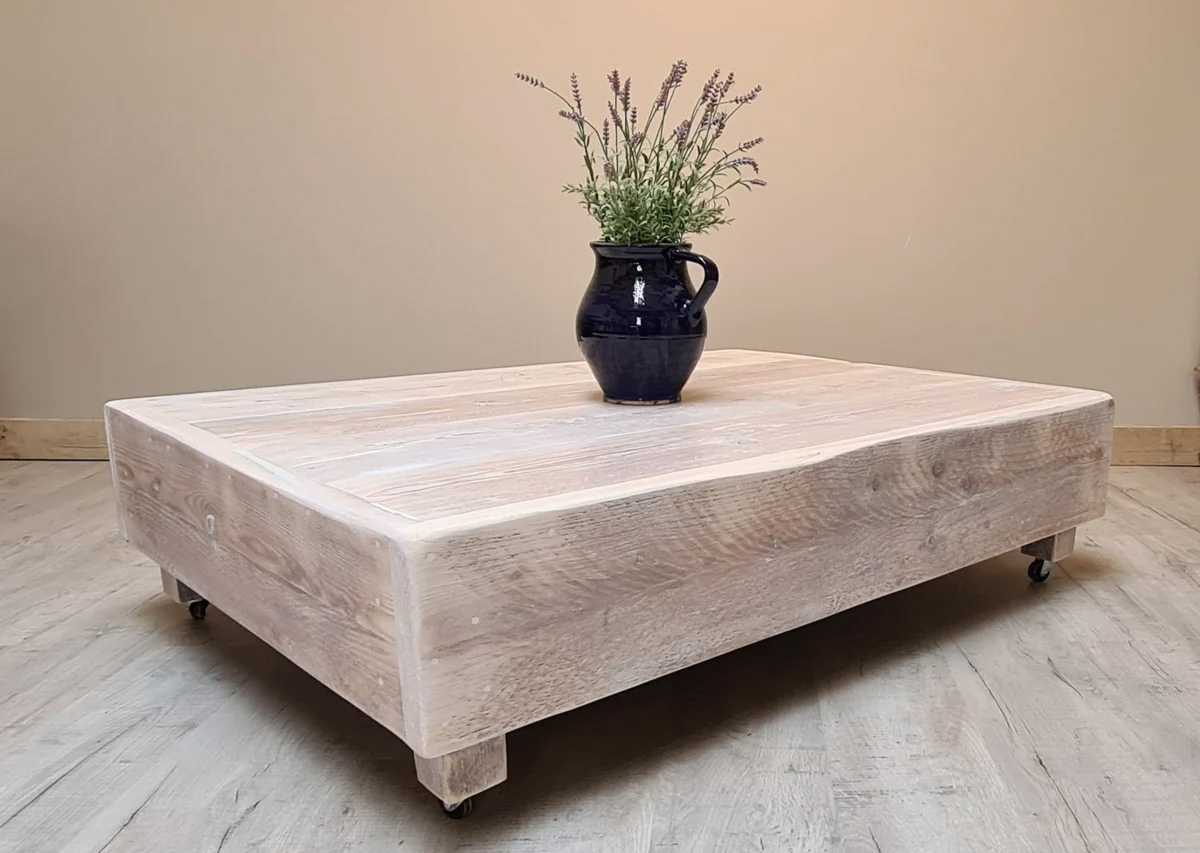
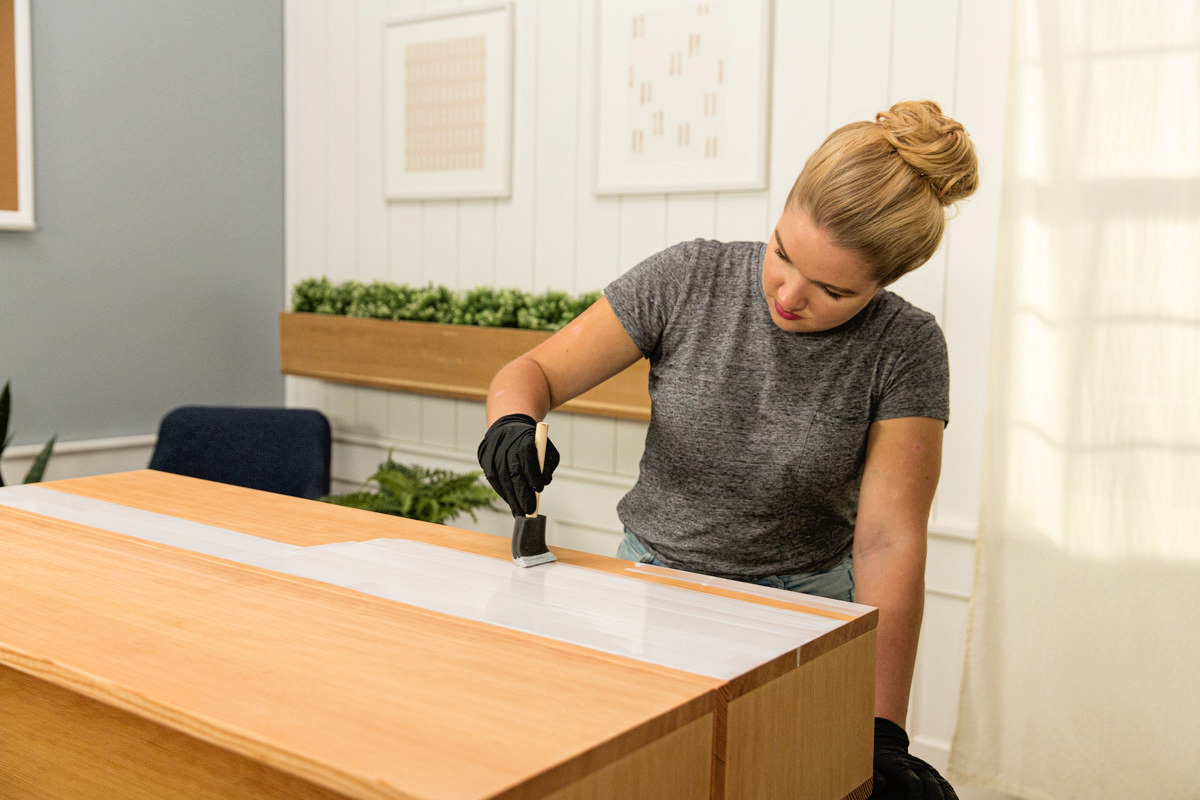
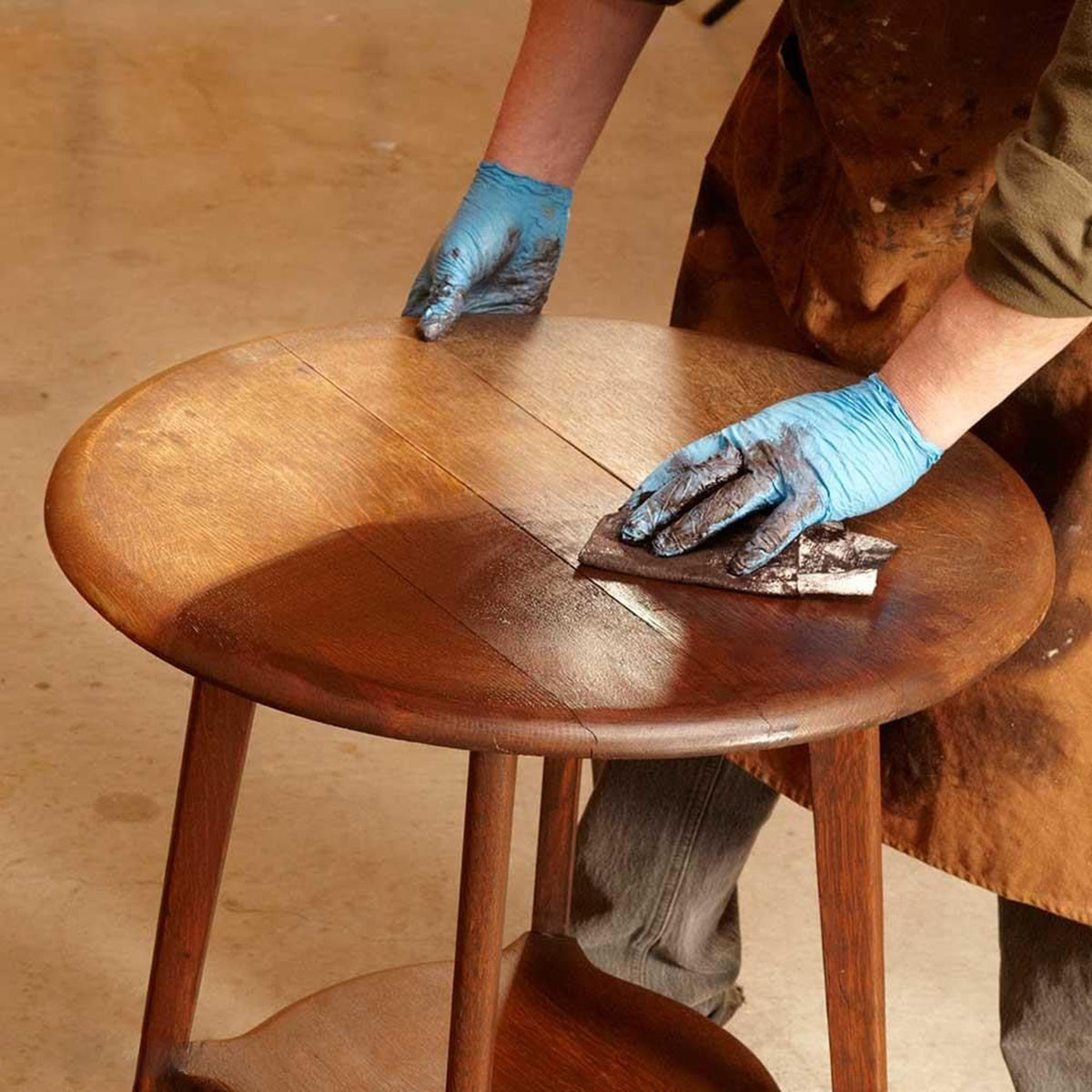

0 thoughts on “How To Paint A Coffee Table Without Sanding”